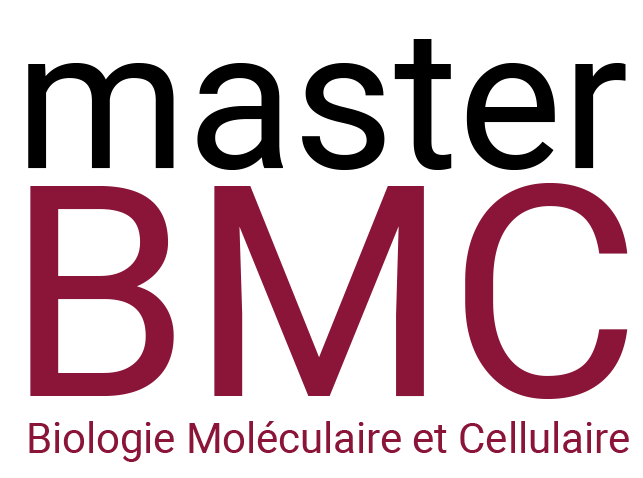Réponse de l’hôte pour contrer l’infection virale par la production d’interféron de type I et III.
Responsable du Stage : Dreux Marlene
Tél : 04 26 23 38 34 E-mail: marlene.dreux@ens-lyon.fr
CIRI, INSERM U111, ENS Lyon. https://ciri.ens-lyon.fr/teams/VIV
Résumé du Projet de Stage
All cells have mechanisms for detecting infection by viruses that trigger an innate immune response. This first line of defense is initiated by the recognition of viral elements by cellular receptors (e.g., Toll-like receptors; TLRs). This detection leads to the production of antiviral molecules, especially type I and III interferons (IFN-I/III). IFN-I is essential for protection against viral infections. The main objectives of our lab are to understand: i/ how the IFN-I/III response is activated by viral infections and ii/ how the viruses defeat this host antiviral response.
We tackle these questions for differents viruses, highly pathogenic to humans and including SARS-Cov2 and other respiratory viruses as well as arboriviuses such as Dengue virus, Chikungunya.
Imporantly, the plasmacytoid dendritic cell (pDC) is an immune cell type known to robustly produce IFN-I (i.e., 1000-fold more than any other cell types). Our recent work uncovered that the pDCs scan and respond to infected cells by direct cell-cell contacts between pDCs and infected cells. This contact site is a newly discovered specialized platform, that we named the interferogenic synapse. This synapse is formed via cell-cell adhesion complexes and the recruitment of the actin network and endocytic machinery and enables the transfer of viral RNA from infected cells to pDCs, leading to an a robust IFN-I response.
One of the original aspect of our project is to answer questions on the host/pathogen interactions by using technical approaches from disparate fields: cellular biology (live-imaging an confocal microscopy), immunology (antiviral response: RT-qPCR, ELISA, Western blot) and virology (viral replication: immunofluorescence, RT-qPCR).
Dernières Publications en lien avec le projet :
Interplay between SARS-CoV-2 and the type I interferon response Sa Ribero M, Jouvenet N, Dreux M*, Nisole S*. PLoS Pathog 2020. 16(7): e1008737. https://doi.org/10.1371/journal.ppat.1008737 * co-last authors
Plasmacytoid Dendritic Cells and Infected Cells Form an Interferogenic Synapse Required for Antiviral Responses. Assil S, Coléon S, Décembre D, Sherry L, Allatif O, Webster B & Dreux M. Cell Host and Microbe 2019 May 8;25(5):730-745.e6. https://doi.org/10.1016/j.chom.2019.03.005
Sensing of Cell-associated HTLV by Plasmacytoid Dendritic Cells is Regulated by Dense beta-Galactoside Glycosylation. Assil S., Futsch N., Décembre E., Alais S., Gessain A., Cosset F-L., Mahieux R., Dreux M* & Dutartre H*. PLoS Pathogens. 2019 Feb 28;15(2):e1007589. https://doi.org/10.1371/journal.ppat.1007589 * co-last authors
Plasmacytoid dendritic cells control dengue and Chikungunya virus infections via IRF7-regulated interferon responses. Webster B, Werneke SW, Zafirova B, This S, Coléon S, Décembre E, Paidassi H, Bouvier I, Joubert PE,Duffy D, Walzer T, Albert ML & Dreux M. Elife. 2018 Jun 19;7. pii: e34273. https://elifesciences.org/articles/34273
Website: https://ciri.ens-lyon.fr/teams/VIV
Ce projet s’inscrit-il dans la perspective d’une thèse :FicheaccueilM2-BMC-2021-2022.DREUX
oui X
ED d’appartenance : ED ENS Lyon – BMIC
Equipes d’Accueil :
Intitulé de l’Unité : CIRI, INSERM U111, ENS Lyon.
Nom du Responsable de l’Unité : François-Loic Cosset
Nom du Responsable de l’Équipe : Dreux Marlene
ENS Lyon, 46 allée d’Italie, 69007 Lyon

